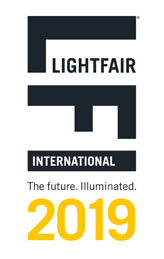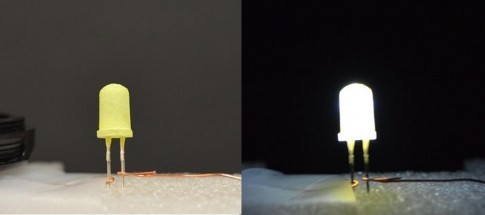US scientists have successfully developed LED phosphors contain rare earths
US researchers claim to have successfully developed a cheaper, more durable life of white LED. This invention discussions on National Conference and Exposition held in the near future they will be the 250th Session of the American Chemical Society (ACS).
Team members from Rutgers University and is involved in the study Zhichao Hu said: "If the United States has more people in the home or business use LED, then the power consumption can be reduced by half in the country." At the time, he was a graduate student. He is now a postdoctoral main areas of research of rare earth elements Rutgers University.
Current LED technology is often used to produce blue light using a single semiconductor chip, and then rely yellow light emitting phosphor coating transforms the color white. This phosphor cerium doped yttrium aluminum garnet (the rare earth elements) is made. These rare earth elements are very expensive, and limited supply, they are mainly from the mining operations outside the United States.
The research team is developing a mixed phosphorus-based technology, which claimed that the technology enables the LED life is more durable, more efficient and less costly. They combine ordinary metal-rich soil, and organic light emitting molecules controllable white LED phosphor. By changing the metal and organic ingredients, researchers can systematically adjust the phosphors on the human eye the most acceptable region of the visible spectrum of colors. They also continue to develop other tests based on different metals and organic compounds containing no rare earth phosphor LED.
There are many possible combinations of materials, so they initially calculated the probability of various sort, forecast what color of light combination of various metals and organics will be issued, and then test to test, find the best combination.
This approach allows them to cover include yellow and white throughout the visible range of the band gap and light emission can be fine-tuning the system. So they developed a kind of LED lamp can trim warm white, similar cheap inefficient incandescent lamps. This is of great significance in general lighting applications.
US scientists have successfully developed LED phosphors contain rare earths
(Left: painted yellow phosphor LED, off; right: open)
Hu pointed out: "One of the challenges we have to overcome is to find the right conditions as synthetic compounds like cooking, this synthetic formulation it is often also need not simply be able to obtain the necessary raw materials are mixed together. . The product we need to optimize the reaction conditions - temperature, solvent is added - and then develop simple steps to obtain high yields of the compound "
Results of the trial showed that some materials, the team used the current method can reduce the LED 90% of costs. They have to apply for US patents, and explore the possibility of production.
Funding for the research project by the National Science Foundation and Rutgers University. Hu is also being funded by the US Department of Energy's National Institute of important material.

